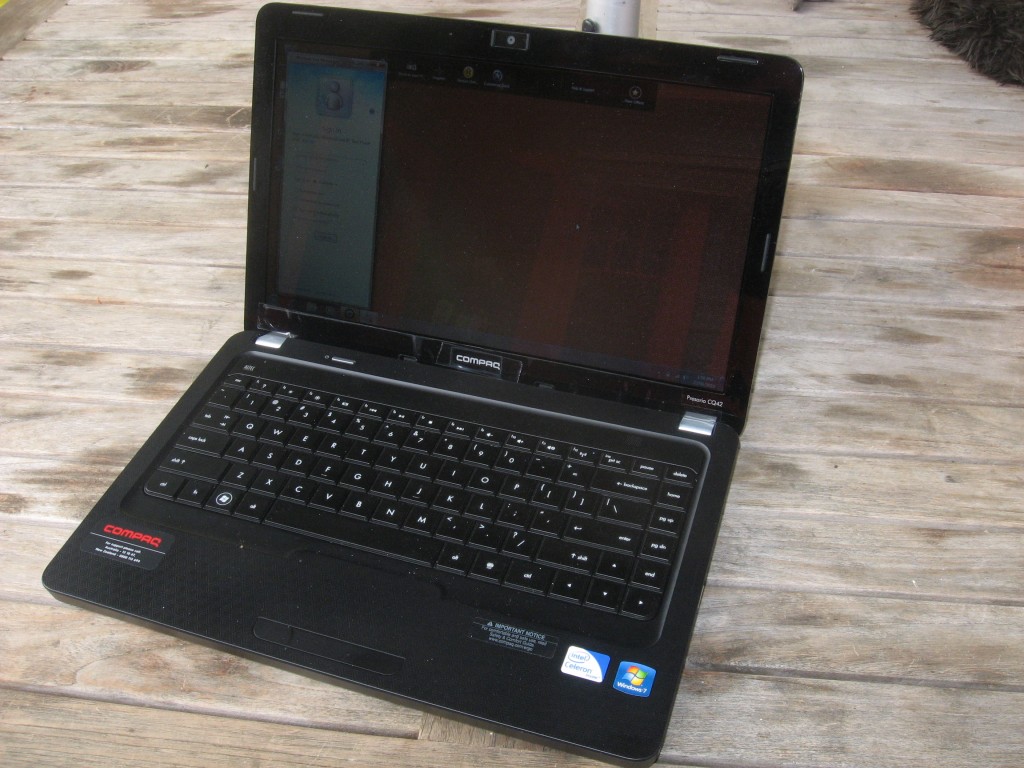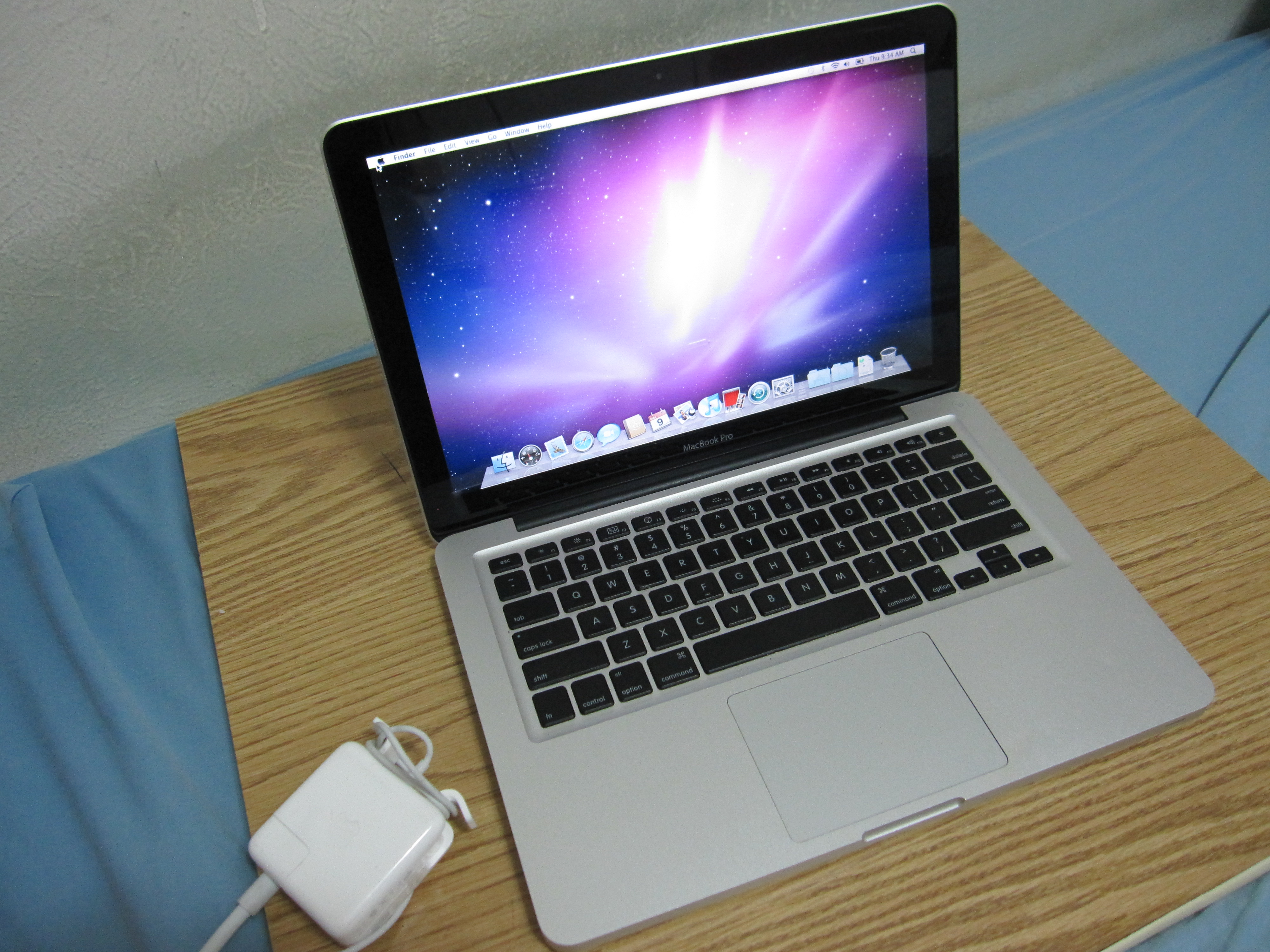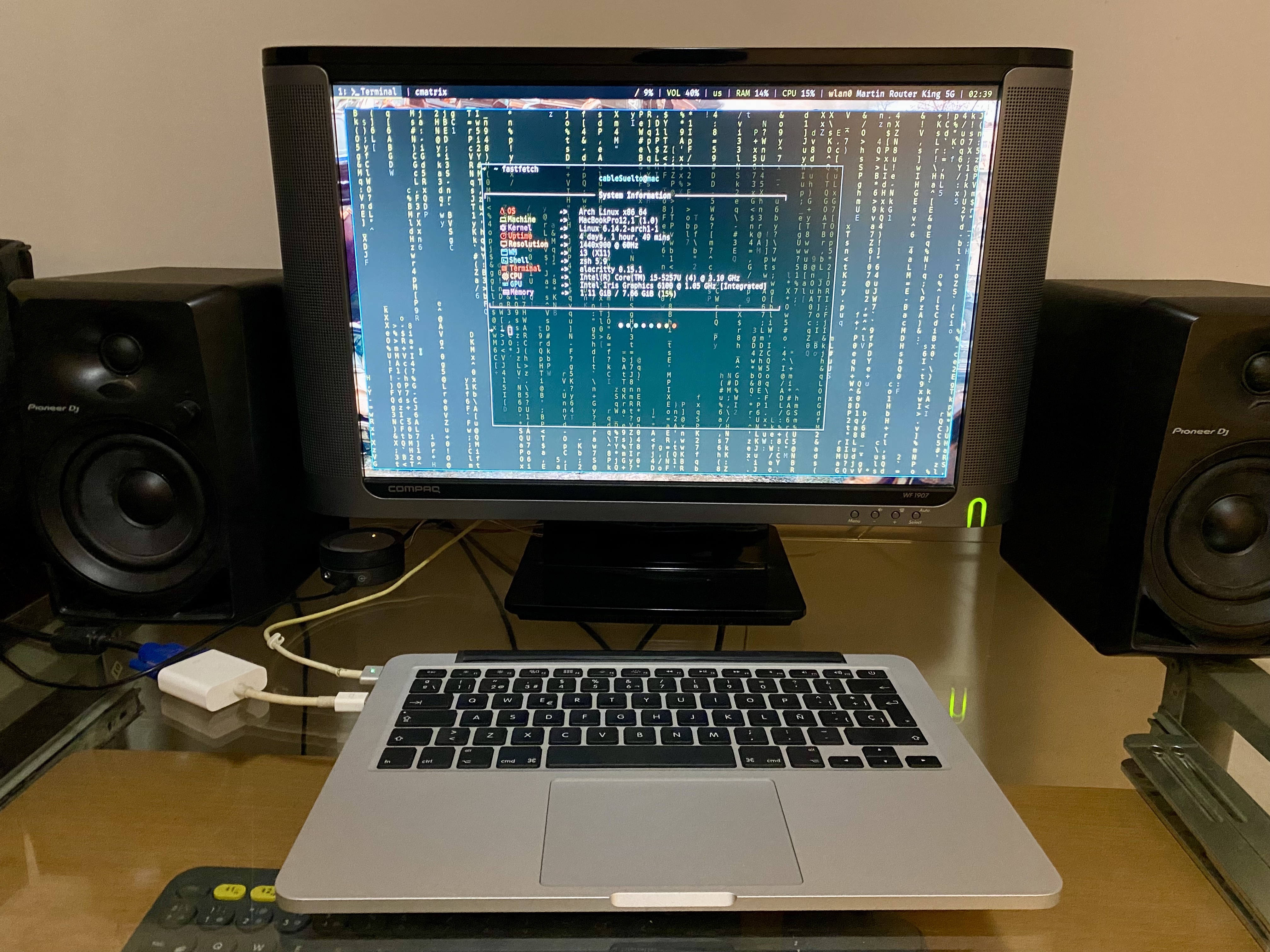Systems Tinkering
Linux enthusiast with hands-on experience in system optimization, shell scripting, and infrastructure.
Breathing New Life into Old Hardware
My first real dive into Linux was this Arch build, but technically, it all started years ago when I installed Zorin OS on an old MacBook. The install worked fine, but about a week later, I was met with the infamous folder-with-a-question-mark screen. I didn’t know what caused it, and I didn’t try to fix it.
Still, I’ve always been curious about computers. As a kid, I’d spend hours exploring our family desktop, digging through settings and navigating the system without fear, just fascination.
In third grade, I got my first laptop: a secondhand Compaq presario passed down from my brother. That machine was special. It’s where I discovered FL Studio, got into music production, and learned how to tinker more confidently; changing settings, exploring software, and even collecting “harmless” prank scripts disguised as viruses (which I never actually ran on anyone; I just liked the idea of them).

A few years later, I received my first MacBook Pro for Christmas, and it felt like stepping into a whole new world. I dove into macOS by learning shortcuts, installing tools, and customizing everything I could. That passion carried into high school, where I got a second MacBook… which I accidentally broke within a month by cracking the screen. I replaced it, and the broken one got shoved in the back of my closet unused, except for the rare moment it was plugged into an external monitor.

Fast forward to now, armed with AI and a better understanding of tech. I dug out that same broken MacBook. I removed the damaged screen, only to realize the Wi-Fi and Bluetooth antennas were embedded in it. So I opened it up again, salvaged the antennas, and reinstalled them. With my newly headless MacBook, I decided to take on the challenge of installing Arch Linux.
Why Arch?
"Arch is not designed for any particular type of use. Rather, it is designed for a particular type of user. Arch targets competent users who enjoy its 'do-it-yourself' nature, and who further exploit it to shape the system to fit their unique needs." - Arch Wiki
I really liked that, especially because I wasn’t sure what I wanted to do with the system yet.
Originally, I set out to host this very website on my Arch Linux machine (my first homelab) using Nginx and Cloudflare for secure, self-hosted deployment. But as I kept learning and experimenting, I realized that relying on the same system for both hosting and tinkering wasn’t sustainable. The more I pushed its limits, the less reliable it felt for something meant to be public-facing. So, I moved the site to github and gave the machine a new role: a dedicated space for home lab experiments.

Now, it's where I dive deeper into Linux, virtualization, containers, networking, and tools like CasaOS.
It’s no longer about stability—it’s about exploration.